Living with multiple cats creates a unique emotional landscape that single-cat owners simply can’t fully grasp. The intricate web of feline relationships, the subtle dynamics of cat hierarchies, and the countless moments of pure joy and heartbreak that come with managing a furry household create experiences that are deeply personal and profoundly moving. These moments range from the sublime to the chaotic, from heartwarming displays of affection to nail-biting territorial disputes that leave you wondering if peace will ever return to your home.
If you share your space with multiple feline companions, you know exactly what we’re talking about. So let’s dive into these uniquely emotional moments that define the multi-cat owner experience.
The First Time You Witness Mutual Grooming
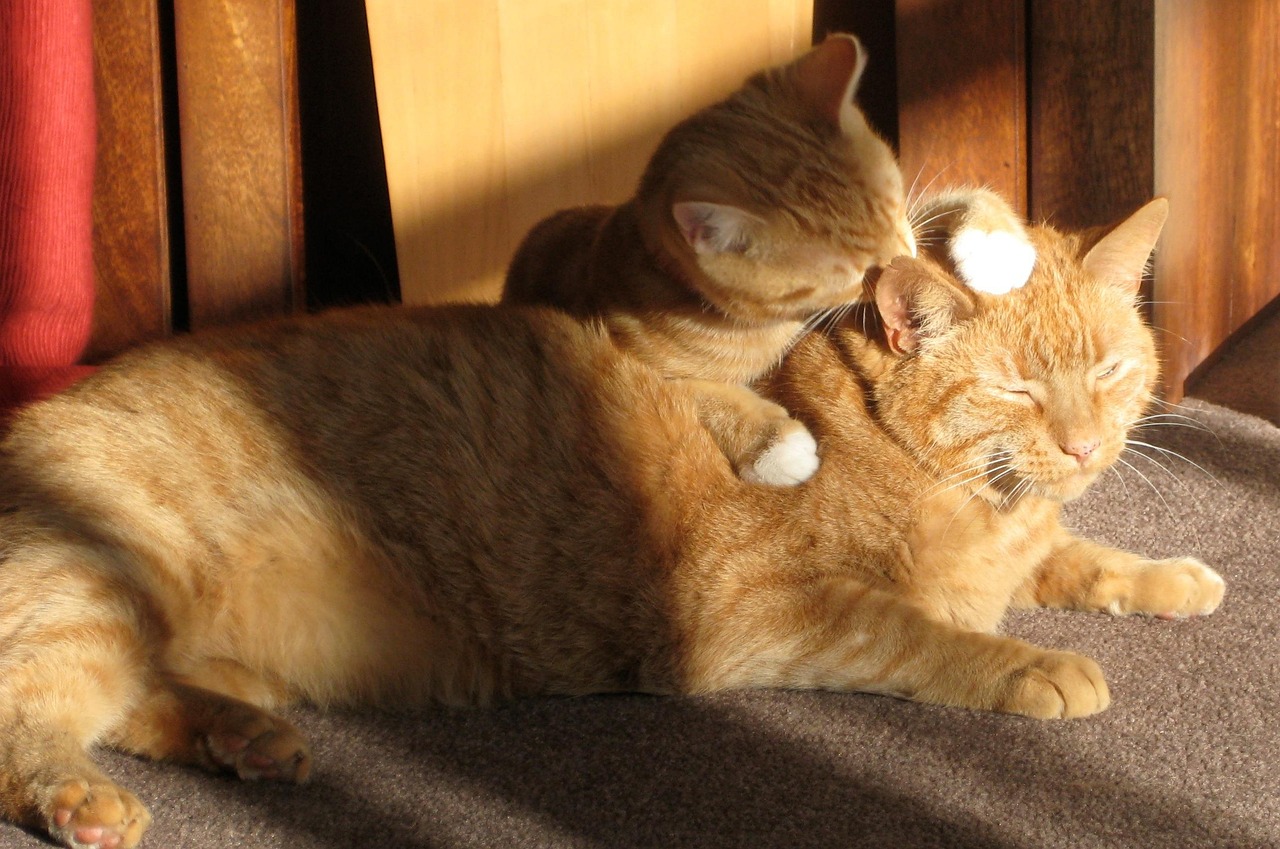
Nothing quite prepares you for that magical moment when you catch two of your cats engaged in their first mutual grooming session. One of the most unmistakable signs of bonding in cats is mutual grooming. Bonded cats engage in this behavior not only for hygiene but as a form of socialization. Watching your previously indifferent or even hostile cats gently licking each other’s faces creates an emotional surge that’s hard to describe.
The tenderness of the moment catches you completely off guard. If you notice your cats grooming each other and helping with hard-to-reach areas, it’s a clear sign that they’ve developed a deep level of trust and comfort in their relationship. You might find yourself holding your breath, afraid that any movement might break the spell. When cats groom each other (allogrooming), it is more for social purposes rather than cleaning. Usually, they will focus on grooming the head and neck area. Like allorubbing, mutual grooming allows them to exchange scents and form a collective odor.
Discovering Your Cats Sleeping Together for the First Time
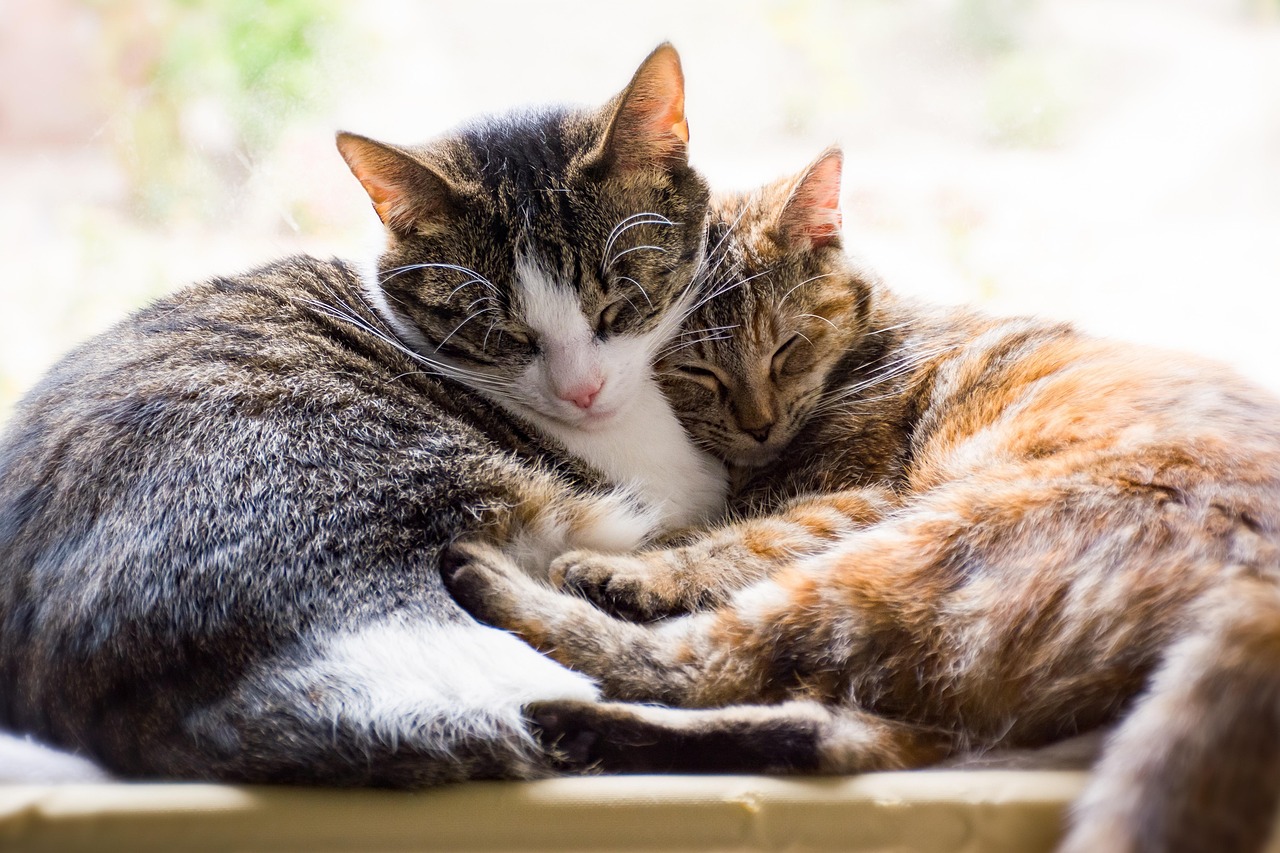
The day you find your cats curled up together in peaceful slumber marks a turning point in your multi-cat household. The true indicator that they are bonding is if they are in close contact when they sleep. It’s a lovely sight when you find cats snuggled up together as they take a nap and you can rest easy knowing that they have become friends. This moment hits differently because cats are most vulnerable when sleeping, making their choice to rest together a profound statement of trust.
Resting and sleeping close together, usually touching, occasionally wrapped around each other, indicate social bonding and a close relationship between felines. Resting and sleeping close together, usually touching, occasionally wrapped around each other, indicate social bonding and a close relationship between felines. You might discover them in the most unexpected places – maybe squeezed together in a box meant for one, or sprawled across your favorite chair in an impossible tangle of paws and tails. It’s a beautiful sight to see your cats snuggled up together, but if you happen to see their tails touching or intertwined, well, that’s special! When their tails touch, this means they are comfortable and content with each other. Cats do not usually like their tails touched by humans because they are sensitive, so when they allow their tails to touch each other, it means a true bond and trusting companionship.
The Feeding Time Ballet of Hierarchy

Feeding time can be a battleground or a bonding experience, depending on how it’s managed. In the wild, cats are solitary hunters, but in a domestic setting, they can learn to share their space – and their food. Watching your cats navigate mealtime reveals the complex social hierarchy that exists in your home. There’s an unspoken understanding about who eats first, where each cat positions themselves, and the delicate dance of deference and assertion that plays out twice daily.
Feeding time in a multi-cat household can quickly turn into a battleground. Food aggression, gulping, guarding or even hiding during meals are all signs that the current setup is causing stress. You become an expert at reading the subtle cues – the way one cat deliberately positions themselves to block another’s access, or how a submissive cat waits patiently for permission to approach. Jacques is for sure the lowest on the totem pole though and I’m starting to feel badly for him when its feeding time because the other two won’t let him have first dibs on his food. These moments can be both fascinating and heartbreaking to witness.
When One Cat Becomes the Peacekeeper
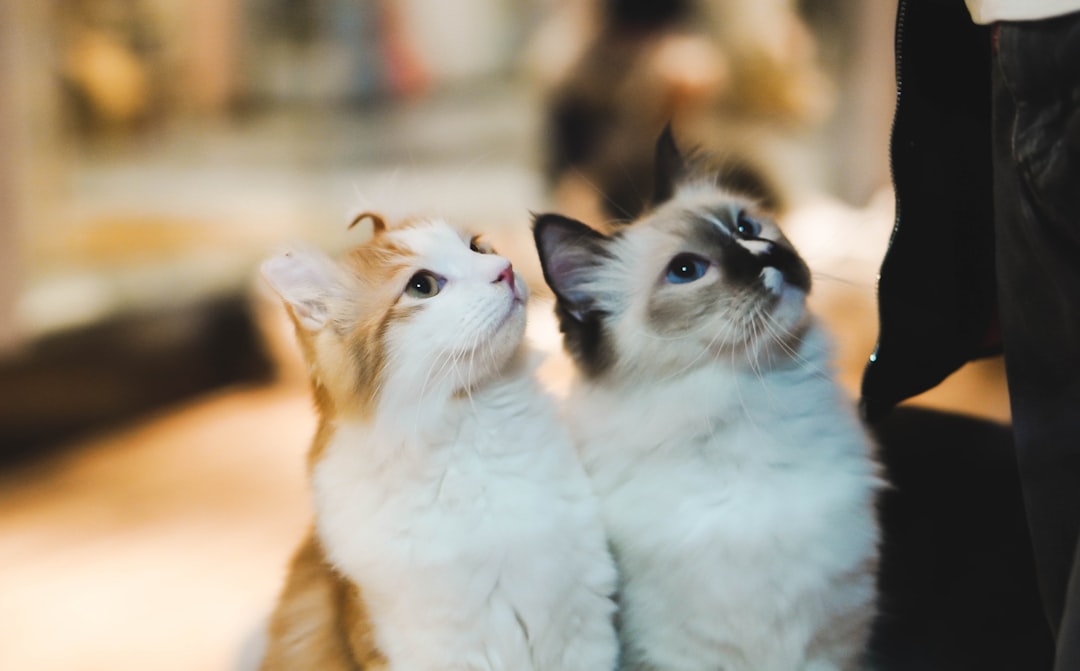
In every multi-cat household, there often emerges an unexpected peacekeeper – not necessarily the most dominant cat, but the one who seems to understand the delicate balance required for harmony. You’ll notice this cat intervening when tensions rise, positioning themselves between potential combatants, or using their presence to defuse situations before they escalate. This natural diplomacy creates moments of profound respect and emotional connection.
The peacekeeper might use subtle body language – a strategic placement between two agitated cats, a calming presence during stressful moments, or even redirecting attention through play. But in reality, group dynamics in cats are much more complex and constantly changing. It is not the case that one cat is always in charge in every situation. Rather, roles can change depending on the context: The supposedly dominant cat gives in in some situations. Watching this natural mediation skills develop makes you appreciate the emotional intelligence cats possess.
The Grief of Losing a Bonded Pair Member
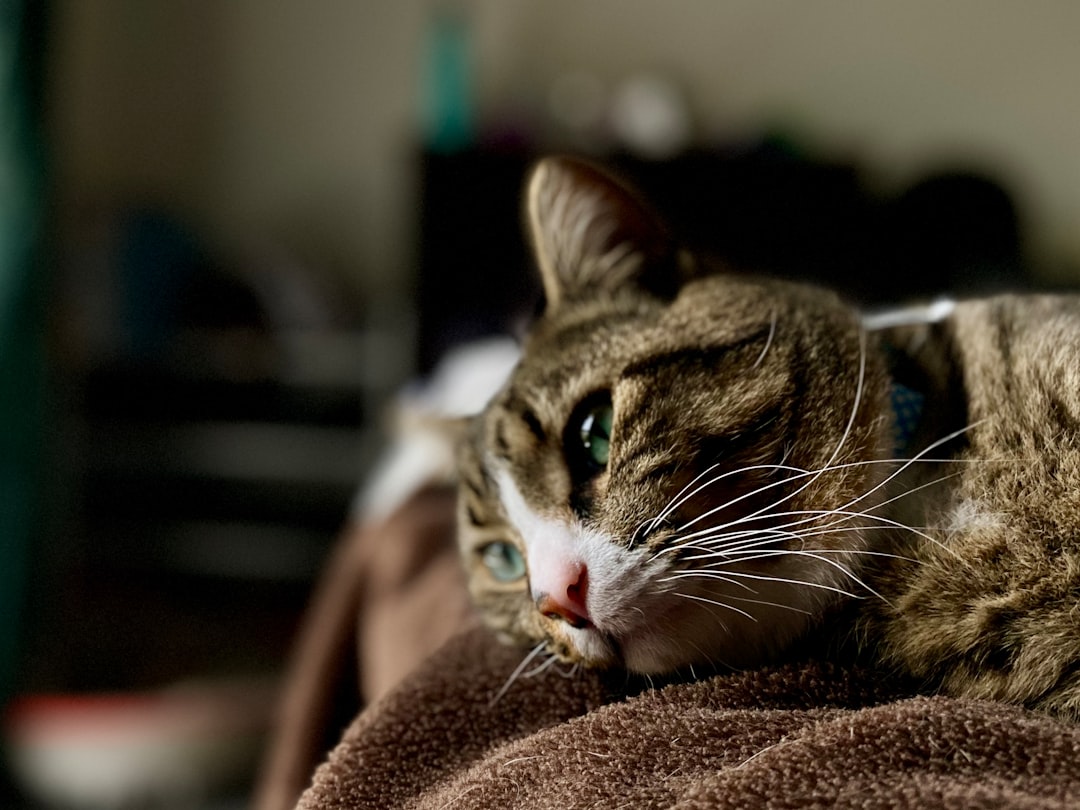
Perhaps no moment is more emotionally devastating than watching a surviving cat grieve the loss of their bonded companion. If the bond between them was strong, the loss of his companion can be devastating and may cause him to go through a grieving process. You may see signs of depression and find that your remaining cat stops eating for a while, becomes lethargic, or hides away and loses interest. The surviving cat’s confusion, their searching behaviors, and their obvious distress creates one of the most heartbreaking experiences a multi-cat owner can witness.
Once two cats have bonded, separating them could have profoundly negative effects on their wellbeing and emotional health. Cats thrive on the companionship and familiarity of their bonded partner, and separating a bonded pair could lead to stress, anxiety, depression, and behavioral issues. You might find yourself crying alongside your grieving cat, feeling helpless as they call out for their missing friend or refuse to eat from shared food bowls. This profound loss reveals just how deep feline bonds can run and how much our cats truly need each other.
The Synchronized Behavior Breakthrough
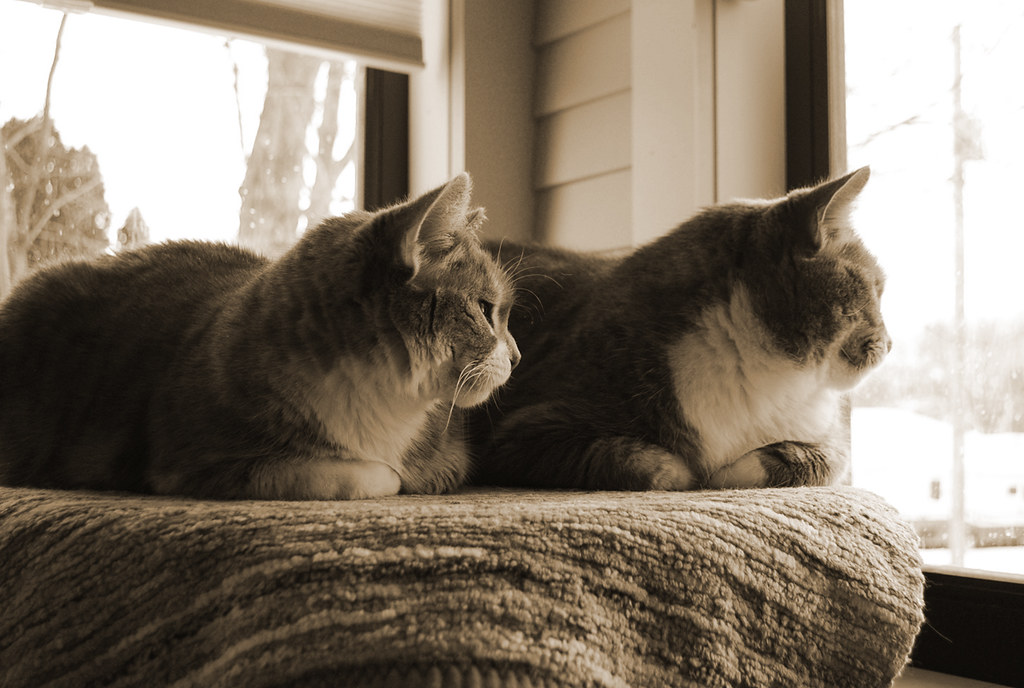
Watch closely, and you might catch a bonded pair of cats engaging in similar activities at the same time. This could include simultaneous grooming sessions, synchronized meowing or blinking, rubbing against one another, and touching tails. Bonded cats synchronize their behavior to strengthen their bond, create a sense of unity, and relieve stress. The first time you witness this natural synchronization, it’s almost magical – like watching a carefully choreographed dance performed by creatures who never rehearsed together.
These moments might include simultaneous head tilts when investigating a sound, perfectly timed stretches upon waking, or the remarkable sight of multiple cats moving together like a feline school of fish. The emotional impact comes from recognizing that your cats have developed such a deep connection that they naturally mirror each other’s behaviors. They might engage in mutual rubbing and grooming to share their scent. They will rest and sleep together in close contact. You might notice them kneading each other and performing the social roll (rolling on their back with their belly exposed).
Territory Disputes That Test Your Patience
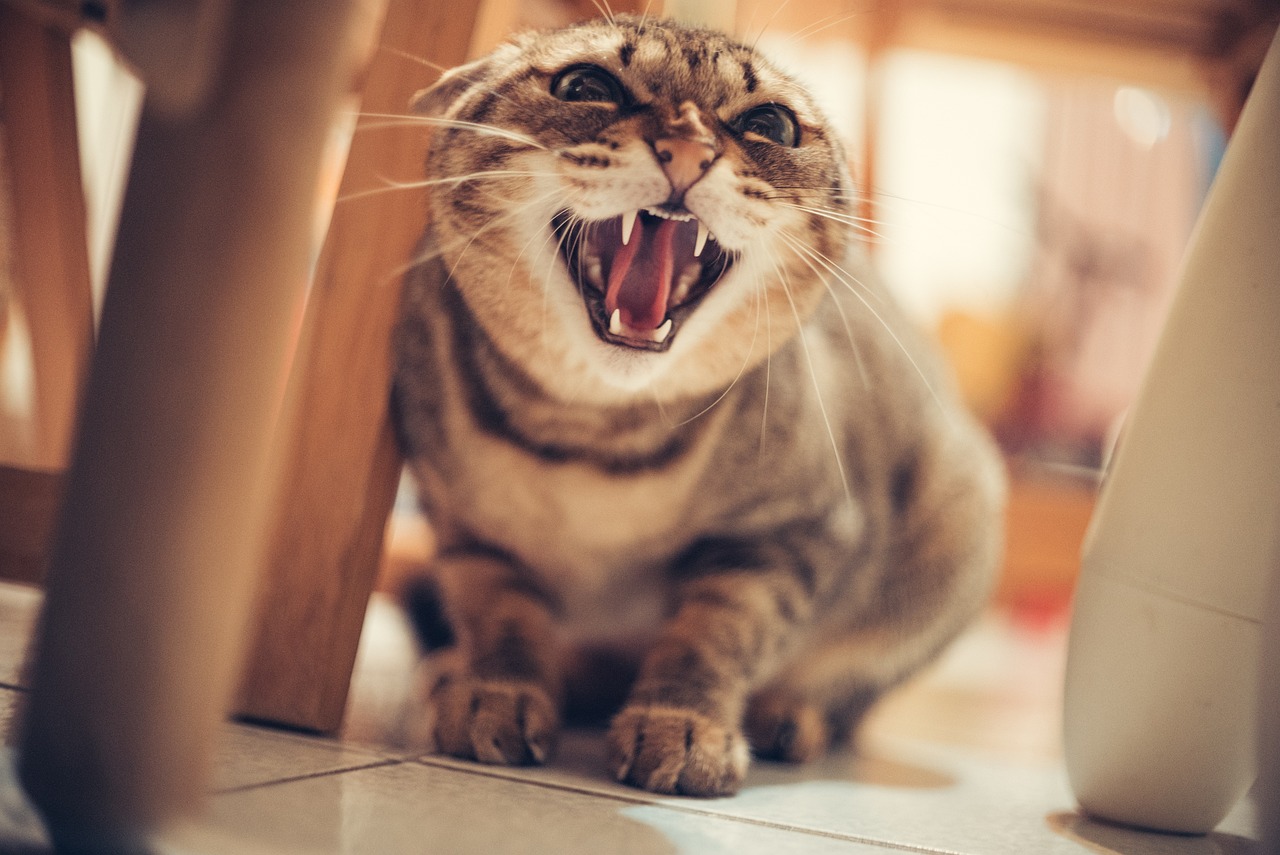
Cats are territorial by nature, and their society is structured in a dominance-controlled hierarchy governed by strict rules of conduct. In their natural environment, when cats have a confrontation the loser will leave the dominant cat’s territory, which avoids further conflict and injury. But when both cats are indoors, the losing cat cannot get as far away from the dominant cat as he would like. Being forced to live in close proximity with rivals is foreign to a cat’s nature. These territorial disputes can create some of the most emotionally challenging moments for multi-cat owners.
The stress of mediating these conflicts while trying to ensure every cat feels secure can be overwhelming. Feline social tension is often manifested through passive behaviors such as staring or even simply avoiding being in the same place at the same time. You find yourself becoming a detective, trying to understand the subtle power plays, the strategic positioning, and the invisible boundaries your cats have established. Sometimes these disputes can escalate suddenly, leaving you emotionally drained and wondering if harmony will ever be possible.
The Rare Moment of Complete Household Harmony

Every multi-cat owner dreams of that perfect moment when all cats coexist in peaceful contentment – perhaps sprawled together in a sunny patch, or calmly sharing space without tension. These moments are precious because they’re often fleeting, requiring the perfect alignment of mood, circumstance, and feline diplomacy. When they happen, they feel like a small miracle.
Some cats are very happy to snuggle together, groom each other, and they may show very little conflict. This can be related to providing a good environment, matching of the cat’s social needs, and the overall health of the cats. You might find yourself holding your breath during these moments, afraid to disturb the perfect balance. Together, they can combat loneliness and stress, providing a serene atmosphere in your abode. Beyond emotional support, watching your cats interact can be pure entertainment! These rare instances of complete harmony remind you why you chose the beautiful chaos of multi-cat ownership.
Recognizing the Stress Signals That Break Your Heart

Cats often express discomfort subtly, so it’s crucial to be observant. Watch for excessive grooming, changes in eating or litter box habits, increased vocalization or unusual silence, hiding, and physical signs like dilated pupils or flattened ears. Learning to read these subtle distress signals creates an ongoing emotional weight that single-cat owners don’t experience. The responsibility of ensuring multiple cats feel secure and content can feel overwhelming at times.
In a multi-cat household, it can be tough to spot stress in an individual cat, especially when they hide their discomfort or when group dynamics shift. In a multi-cat household, it can be tough to spot stress in an individual cat, especially when they hide their discomfort or when group dynamics shift. If one cat is suddenly less active or avoiding certain spaces, you’ll know right away, helping you take action before stress becomes a bigger issue. Seeing one of your cats withdraw from the group or display anxiety behaviors creates a deep emotional response – you want to fix it immediately, but the solution isn’t always obvious or quick.
The Joy of Introducing Successfully Bonded Cats to Others
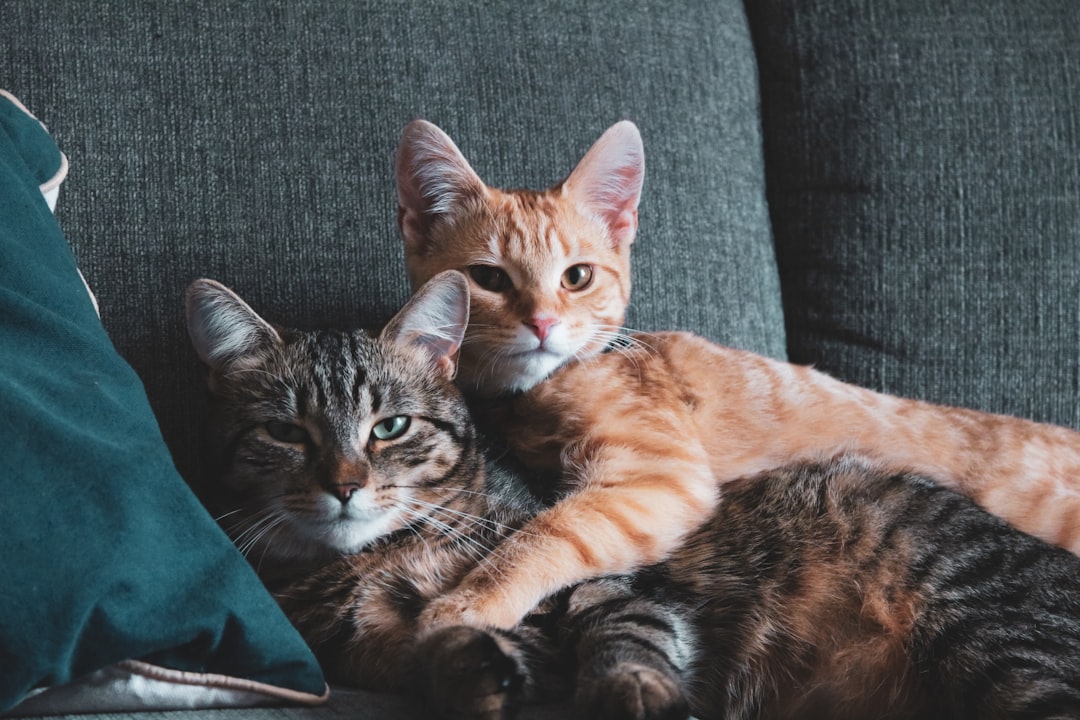
Nothing fills a multi-cat owner’s heart quite like successfully introducing your bonded cats to friends, family, or visitors and watching people’s amazement at the genuine affection your cats share. Watching bonded cats nap together, sleep together, groom each other, and play means some of the cutest sights you’ll ever see. Bonded cats have something special, and you’ll never want to split them up. If you’re on the hunt for a cat and spot one that’s bonded with another, don’t take one without the other because it will break their little hearts.
Sharing stories about your cats’ relationships, their individual personalities, and the complex social dynamics of your household helps others understand the depth of emotion and connection possible in multi-cat families. Bonded cats offer twice the love, companionship, and joy. Whether you’re adopting or already have a bonded pair, understanding their unique relationship is key to helping them thrive. By keeping them together and providing a supportive environment, you’ll witness the beauty of their connection every day. These moments of sharing your multi-cat experience with others validate the complex emotions and deep satisfaction that comes with this lifestyle choice.
Conclusion
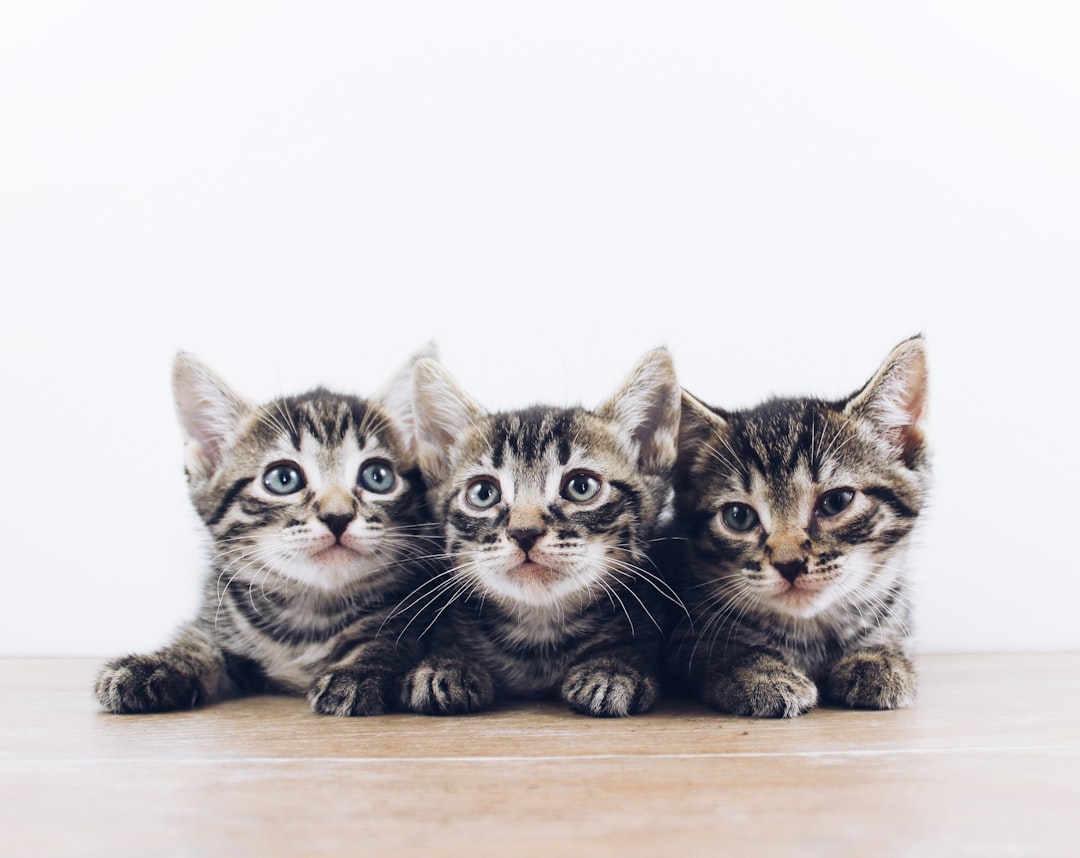
The emotional journey of multi-cat ownership is filled with moments that range from pure joy to heart-wrenching concern, from laughter-inducing chaos to peaceful contentment. Remember, maintaining harmony takes some work, but the rewards are more than worth it. A little extra effort can go a long way in reducing stress, fostering positive relationships, and ensuring your furry friends enjoy their happiest, healthiest lives together. The joy of seeing your cats relaxed and content makes every moment of effort worthwhile! These experiences create a unique bond between owner and cats that transcends the simple pet-owner relationship.
Understanding and navigating the complex emotional landscape of multi-cat households requires patience, observation, and genuine love for feline behavior. Each challenging moment teaches us something new about cat psychology, and every breakthrough fills us with pride and satisfaction. What’s your most memorable multi-cat moment? Tell us in the comments.
Hi, I’m Andrew, and I come from India. Experienced content specialist with a passion for writing. My forte includes health and wellness, Travel, Animals, and Nature. A nature nomad, I am obsessed with mountains and love high-altitude trekking. I have been on several Himalayan treks in India including the Everest Base Camp in Nepal, a profound experience.





